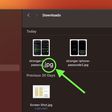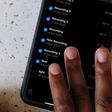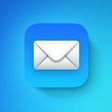Instagram has unveiled a new video editing app called Edits, which aims to fill the void left by CapCut's removal from U.S. app stores following federal restrictions on ByteDance-owned applications.

The announcement came from head Adam Mosseri, explaining that Edits as a "full suite of creative tools" for mobile video creators. According to Mosseri, Edits is aimed at creators who produce short-form videos on mobile devices:
Edits will have a much broader range of creative tools and probably a smaller addressable audience. Think a place to track all your ideas instead of templates. Think AI video editing tools on a per clip or per video basis. Think new insights on why your videos are succeeding or struggling.
The app includes AI-powered animation for images, green screen effects, video overlays, automatic captions with customization options, and tools for reducing background noise. It also allows users to save drafts, share projects with collaborators, and leverage a dedicated tab for inspiration and trending audio. Videos created with Edits and shared on Instagram Reels will benefit from advanced performance analytics, allowing creators to monitor engagement metrics such as follower interaction, video skips, and overall reach.
The app arrives in the wake of CapCut's recent delisting from the Apple App Store and Google Play Store due to U.S. law. Mosseri said that Edits will "end up pretty different than CapCut," noting that it is designed to cater to creators who want a more comprehensive toolset rather than casual video makers or users of desktop editing software. The app also stands out by offering export options without watermarks, a feature that has recently become a limitation in CapCut's free version.
Edits launches in February on iOS, and Android at a later date. It is available to pre-order on the App Store now.






 Powerbeats Pro 2 images found in iOS 18 code
Powerbeats Pro 2 images found in iOS 18 code MLB star Shohei Ohtani wearing the Powerbeats Pro 2
MLB star Shohei Ohtani wearing the Powerbeats Pro 2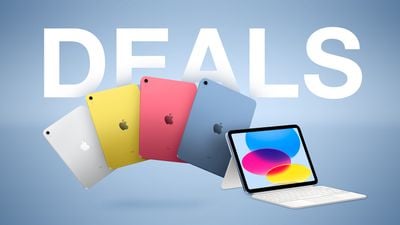 Note: MacRumors is an affiliate partner with Amazon and Best Buy. When you click a link and make a purchase, we may receive a small payment, which helps us keep the site running.
Note: MacRumors is an affiliate partner with Amazon and Best Buy. When you click a link and make a purchase, we may receive a small payment, which helps us keep the site running.




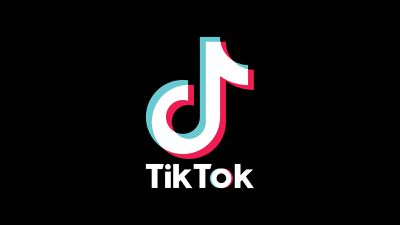
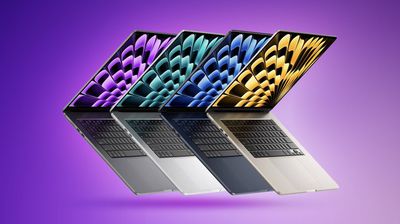
 Note: MacRumors is an affiliate partner with Best Buy. When you click a link and make a purchase, we may receive a small payment, which helps us keep the site running.
Note: MacRumors is an affiliate partner with Best Buy. When you click a link and make a purchase, we may receive a small payment, which helps us keep the site running.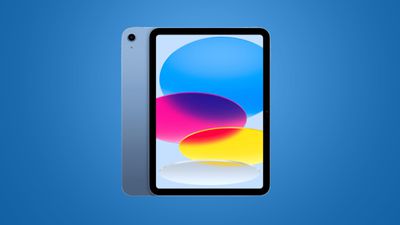



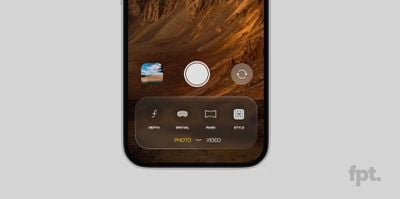 A re-created render of iOS 19's redesigned Camera app (Credit: Front Page Tech)
A re-created render of iOS 19's redesigned Camera app (Credit: Front Page Tech)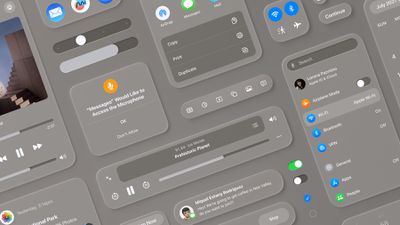



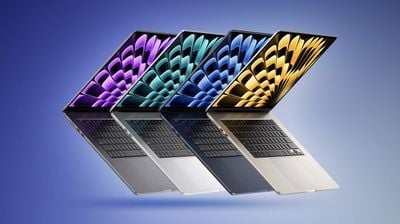







 Note: MacRumors is an affiliate partner with some of these vendors. When you click a link and make a purchase, we may receive a small payment, which helps us keep the site running.
Note: MacRumors is an affiliate partner with some of these vendors. When you click a link and make a purchase, we may receive a small payment, which helps us keep the site running.










